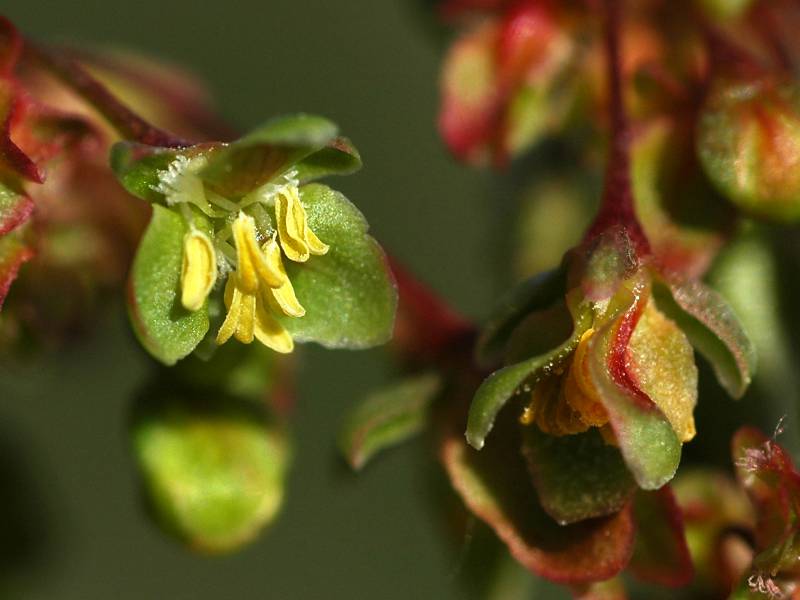Hosted by the University of Washington Herbarium, Burke Museum
Publication: Proc. Amer. Acad. Arts. 12: 253. 1877.
Origin: Native
Herbarium search: CPNWH
Notes: FNA5: "All of the species of subsect. Aquatici Rechinger f., represented in North America by Rumex occidentalis, R. arcticus, R. nematopodus, and R. tomentellus, form a taxonomically complex aggregate with poorly delimited, often intergrading species. Extremes are evidently distinct (e.g., R. arcticus and R. tomentellus). The taxonomy and distribution of members of this aggregate are still insufficiently known. Some authors prefer to treat all or most of these taxa as subspecies or varieties of R. aquaticus in the broad sense. From my point of view, this does not promote a better understanding of their variability and relationships.
A number of segregate species have been described and recognized in regional floras in North America. In most cases the features upon which these species are based intergrade. One of the most widely recognized segregates is Rumex fenestratus Greene emend. Rechinger f. [R. aquaticus subsp. fenestratus (Greene) Hultén, R. occidentalis S. Watson subsp. fenestratus (Greene) Hultén], which, according to K. H. Rechinger (1937), may be distinguished mostly by larger and more cordate fruiting inner tepals (more than 7 mm in R. fenestratus, usually less than 7 mm in R. occidentalis), and larger achenes (3 mm, and more than 3.5 mm, respectively). The morphotype of R. fenestratus occurs mostly along the Pacific coast from central western California to Alaska. Plants with large fruiting inner tepals [known as R. fenestratus var. labradoricus Rechinger f. or R. occidentalis var. labradoricus (Rechinger f.) Lepage] occur also in eastern Canada (Newfoundland and Quebec). In this treatment, I follow the taxonomic decision by J. E. Dawson (1979), who carefully analyzed the clinal variability of the R. occidentalis aggregate. However, R. fenestratus probably deserves recognition at least as a subspecies of R. occidentalis, but its taxonomic status needs additional investigation."
Infraspecies:
Last updated 1/23/2024 by David Giblin.

